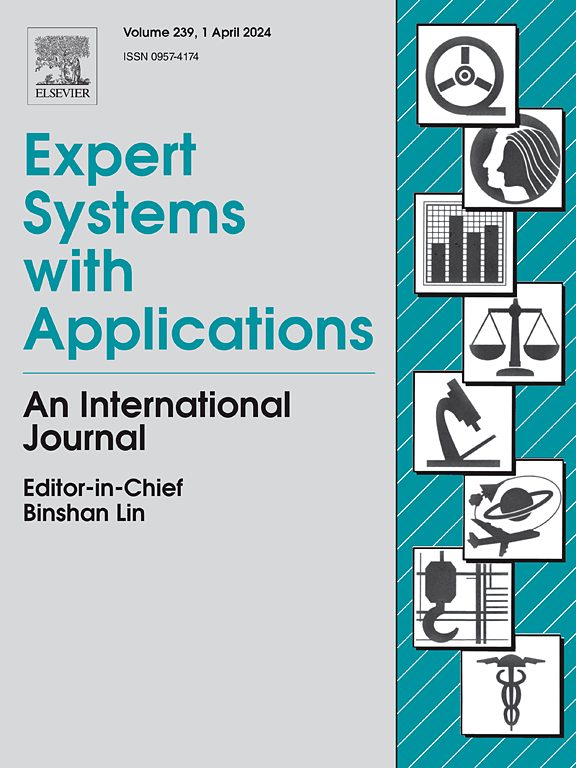船厂运输设备实时调度的AIoT图像分析:以拖车为重点
IF 7.5
1区 计算机科学
Q1 COMPUTER SCIENCE, ARTIFICIAL INTELLIGENCE
引用次数: 0
摘要
在造船业中,船厂的未来(FOS)代表了一种由数据收集、分析和预测驱动的新范式。在各种物流作业中,拖车调度由于要提前几天甚至几周确定时间而效率低下。为了解决这个问题,我们提出了一个基于人工智能的无线系统,通过传输图像数据、GPS信息、边缘设备状态和人工智能推理结果来实现实时拖车状态监控。该系统集成了边缘计算机、无线通信、集中式服务器和为二元分类量身定制的深度学习模型。将拖车复杂的运行状态分解为两个任务:(1)通过GPS检测位置和运动;(2)通过图像分析对船舶部件的加载状态进行分类。为了从图像中对加载状态进行分类,我们基于准确性和F1分数评估了五种深度学习模型——resnet、VGG、EfficientNet、ViT和van。其中,VGG模型表现最佳,准确率为97.35%,F1得分为96.9%,证明了其适合实际部署。为了增强模型在恶劣工业环境和不同设备安装位置下的鲁棒性,我们应用了几何增强,并通过额外的实验验证了其有效性。基于这种AIoT无线系统,我们引入了一种创新的调度流程,用数据驱动的智能取代了基于经验的人工决策。这可以减少人工成本和处理时间,为造船厂的运营提供有意义的改进。提出的框架还可以作为跨更广泛工业领域的AIoT应用程序的可扩展参考。本文章由计算机程序翻译,如有差异,请以英文原文为准。
AIoT image analysis for real-time dispatching of shipyard transport devices: A focus on trailers
In the shipbuilding industry, the Future of Shipyard (FOS) represents a new paradigm driven by data collection, analysis, and prediction. Among various logistics operations, trailer dispatching remains inefficient due to schedules being fixed days or even weeks in advance. To address this issue, we propose an AIoT-based wireless system that enables real-time trailer status monitoring by transmitting image data, GPS information, edge device status, and AI inference results. The proposed system integrates edge computers, wireless communication, centralized servers, and a deep learning model tailored for binary classification. The trailer’s complex operational status is decomposed into two tasks: (1) detecting location and movement via GPS, and (2) classifying loading status of ship components using image analysis. To classify the loading status from images, we evaluated five deep learning models-ResNet, VGG, EfficientNet, ViT, and VAN-based on accuracy and F1 score. Among them, the VGG model achieved the best performance, with 97.35 % accuracy and a 96.9 % F1 score, demonstrating its suitability for real-world deployment. To enhance model robustness in harsh industrial environments and varying device installation positions, we applied geometric augmentation and validated its effectiveness through additional experiments. Based on this AIoT wireless system, we introduce an innovative dispatch process that replaces manual, experience-based decision-making with data-driven intelligence. This leads to reductions in labor costs and process time, offering meaningful improvements for shipyard operations. The proposed framework also serves as a scalable reference for AIoT applications across broader industrial domains.
求助全文
通过发布文献求助,成功后即可免费获取论文全文。
去求助
来源期刊

Expert Systems with Applications
工程技术-工程:电子与电气
CiteScore
13.80
自引率
10.60%
发文量
2045
审稿时长
8.7 months
期刊介绍:
Expert Systems With Applications is an international journal dedicated to the exchange of information on expert and intelligent systems used globally in industry, government, and universities. The journal emphasizes original papers covering the design, development, testing, implementation, and management of these systems, offering practical guidelines. It spans various sectors such as finance, engineering, marketing, law, project management, information management, medicine, and more. The journal also welcomes papers on multi-agent systems, knowledge management, neural networks, knowledge discovery, data mining, and other related areas, excluding applications to military/defense systems.
 求助内容:
求助内容: 应助结果提醒方式:
应助结果提醒方式:


